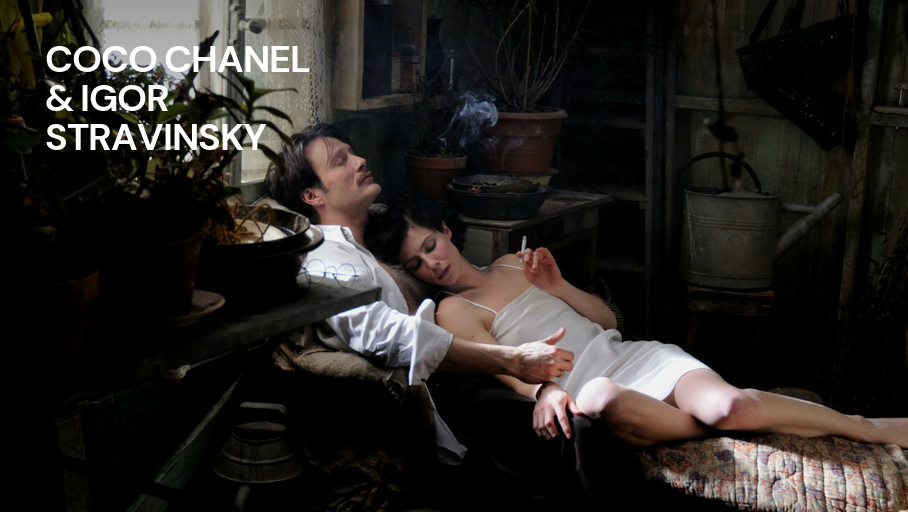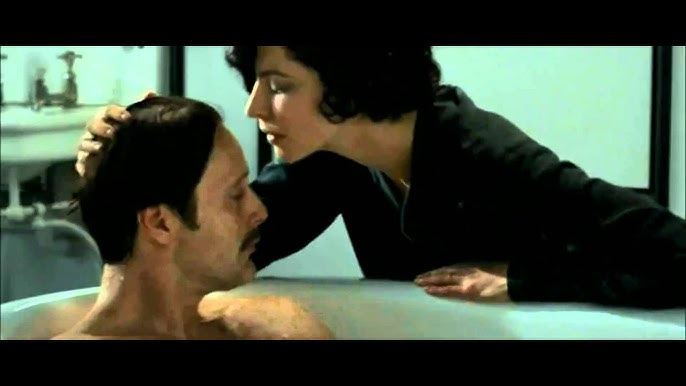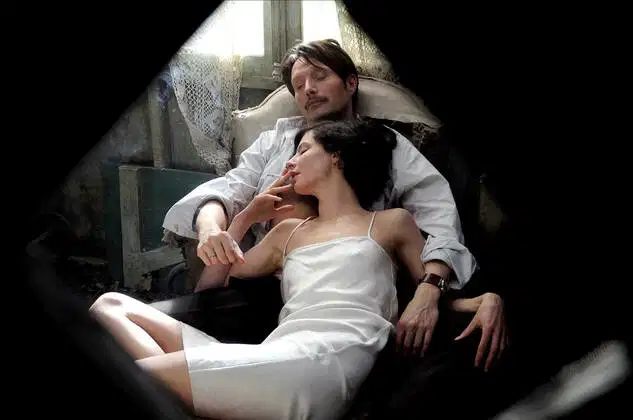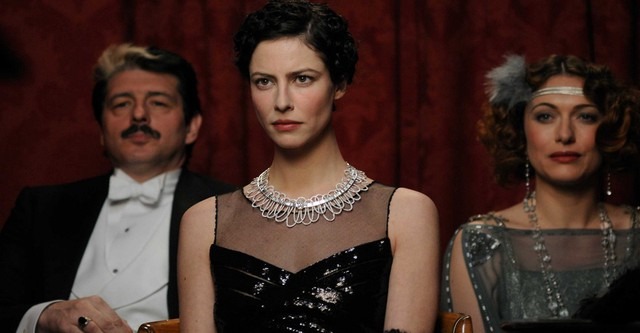Coco Chanel & Igor Stravinsky (2009)

Coco Chanel & Igor Stravinsky (2009), directed by Jan Kounen, is a visually stunning French romantic drama that explores the passionate yet tumultuous affair between two of the 20th century’s most iconic figures: fashion designer Coco Chanel and composer Igor Stravinsky. Set in post-World War I Paris, the film delves into their emotional and artistic connection, capturing the complexities of their personalities and the impact their relationship had on both their creative and personal lives. The movie provides an intriguing glimpse into the lives of these revolutionary artists during a time of profound cultural change.
The film centers around the intense, albeit short-lived, affair between Coco Chanel (played by Anna Mouglalis) and Igor Stravinsky (Mads Mikkelsen). The story begins in 1920 when Stravinsky, struggling both personally and professionally after fleeing Russia, meets Chanel at the Parisian premier of his ballet The Firebird. Soon after, Chanel offers Stravinsky and his family refuge in her lavish home in the French countryside. The film explores the evolution of their emotional and sexual relationship, set against the backdrop of the rapidly changing artistic and cultural environment of Paris. The connection between the two artists is not only physical but also deeply rooted in their shared pursuit of innovation and creativity, though their differing temperaments and desires often create tension.
At the heart of Coco Chanel & Igor Stravinsky is the theme of artistic revolution. Both Chanel and Stravinsky were trailblazers in their respective fields—Chanel reinvented the fashion world with her modern, elegant designs, while Stravinsky challenged the norms of classical music with his radical compositions. The film explores how their shared sense of pushing boundaries in their art brought them together. Their relationship becomes a symbol of the struggle between personal desires and professional pursuits, as their individual creative processes and intense personalities often clash, revealing the cost of being an artist and the toll it can take on personal relationships.

The characters of Coco Chanel and Igor Stravinsky are portrayed with depth and complexity, thanks in large part to the performances of Anna Mouglalis and Mads Mikkelsen. Mouglalis brings a powerful presence to the role of Chanel, capturing her intelligence, independence, and emotional coldness. Mikkelsen’s portrayal of Stravinsky is equally compelling, displaying the composer’s brooding nature and artistic intensity. The chemistry between the two actors is palpable, effectively conveying the emotional and intellectual bond between the two, as well as the conflict that arises from their different approaches to life and love. Their relationship, full of contradictions, is both passionate and heartbreaking.

Jan Kounen’s direction and the film’s cinematography are central to its emotional impact. The film’s visual style evokes the opulence and complexity of the 1920s, with rich, atmospheric scenes that reflect the inner turmoil of its characters. Kounen employs a muted color palette, emphasizing the contrast between the glamour of Chanel’s world and the stark, at times uncomfortable, reality of Stravinsky’s struggles. The tension between the personal and the artistic is mirrored in the film’s framing, with intimate close-ups of the characters juxtaposed with broader shots of the glamorous yet cold Parisian landscape. This cinematic approach enhances the film’s emotional depth, making the viewer feel both the allure and the pain of the characters’ affair.

In conclusion, Coco Chanel & Igor Stravinsky is a beautifully crafted film that explores the intersection of art, love, and personal sacrifice. Through the passionate and complicated relationship between two of the 20th century’s greatest innovators, the film captures the emotional complexity of their affair and the ways in which it influenced their creative processes. The performances of Anna Mouglalis and Mads Mikkelsen, coupled with Jan Kounen’s sensitive direction, bring to life a story of love, rivalry, and artistic revolution. Ultimately, the film reminds us of the price that comes with greatness, both in love and in art, and the ways in which creativity can shape and define our lives.











